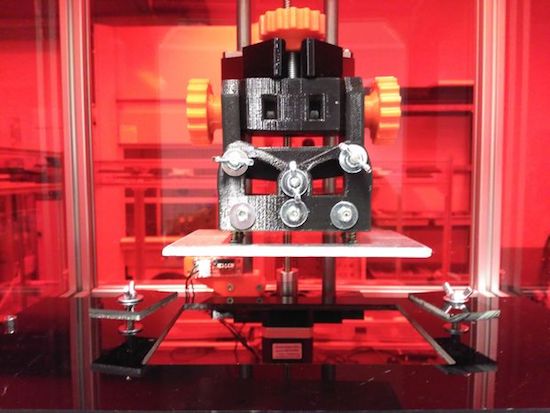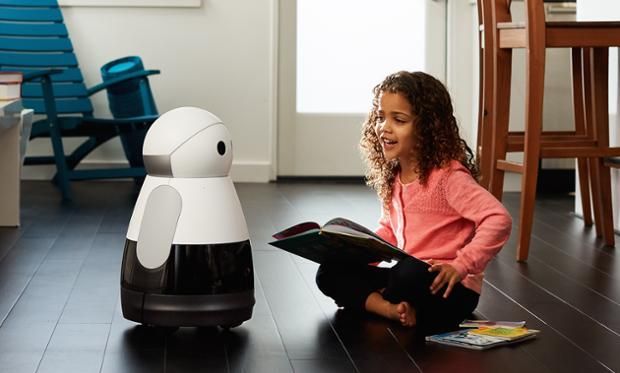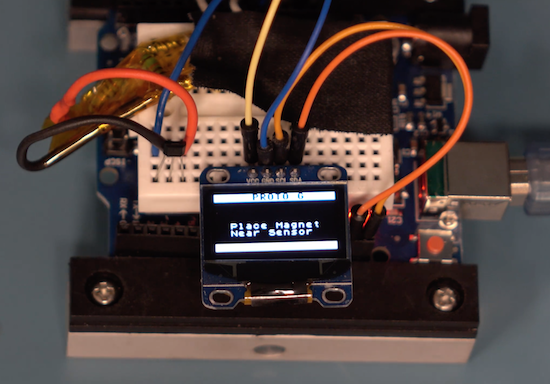
↧
RooBee One is an open-source SLA/DLP 3D printer
↧
Google Tasks Robots with Learning Skills from One Another via Cloud Robotics

↧
↧
Artificial intelligence isn't the scary future. It's the amazing present.
↧
Bett 2017: Call for volunteers in London!

↧
Imagine New York City With 3000 Taxis Instead of 13,000

↧
↧
The robots are coming to CES, and we can't wait to meet them

↧
This 3D-printed bionic hand can replace or support a limb

↧
China’s $9 billion effort to beat the U.S. in genetic testing

↧
Home robot Kuri is like an Amazon Echo designed by Pixar

↧
↧
Mayfield Robotics Announces Kuri, a $700 Mobile Home Robot

↧
Amazon now has 45,000 robots in its warehouses

↧
After Mastering Singapore’s Streets, NuTonomy’s Robo-taxis Are Poised to Take on New Cities

↧
CES 2017: AR, VR, and IoT will be hot, 3D Printing Not

↧
↧
Did Inadequate Women’s Healthcare Destroy Star Wars’ Old Republic?

↧
CES 2017: Complete Coverage of the Best Emerging Tech

↧
Measure a magnet’s strength with this DIY Gauss Meter

↧
Quantum computers ready to leap out of the lab in 2017

↧
↧
The whole philosophy community is mourning Derek Parfit. Here's why he mattered.

↧
I’ve left Twitter. It is unusable for anyone but trolls, robots and dictators

↧
The Real Name Fallacy

↧